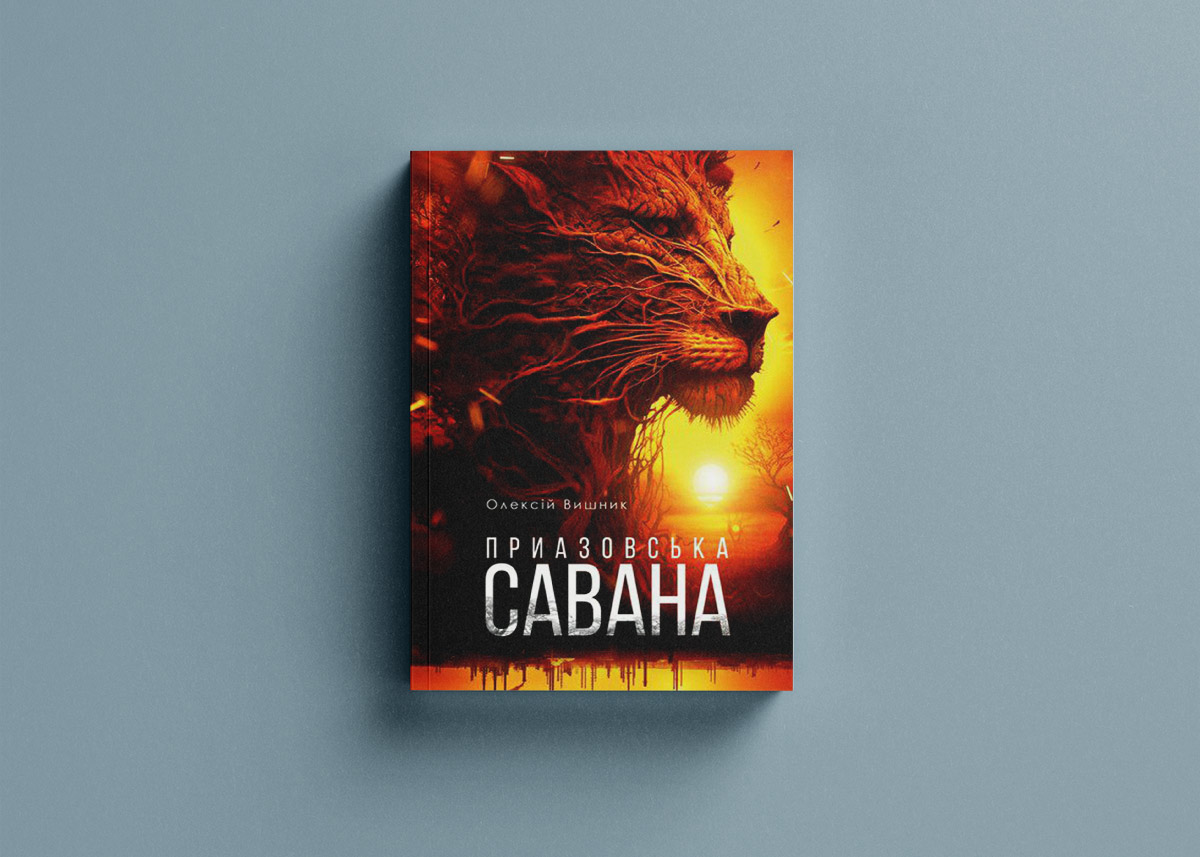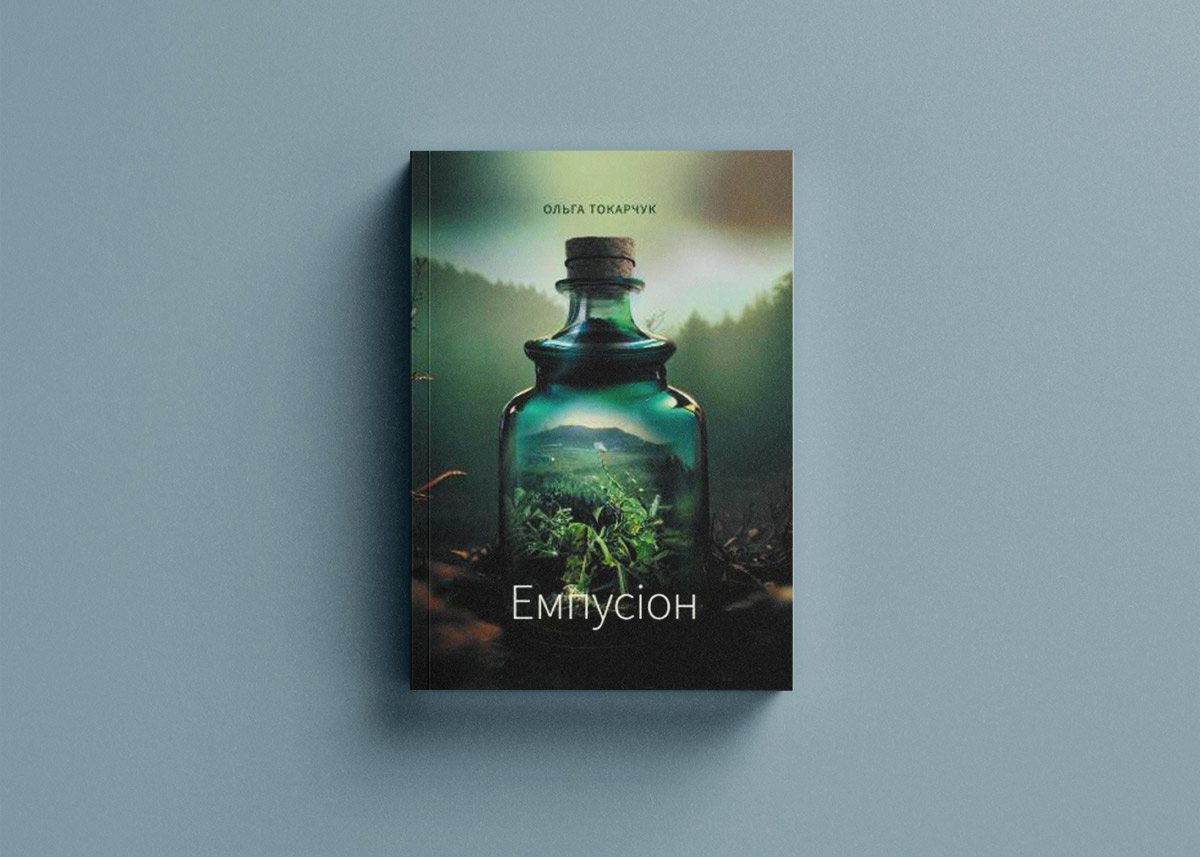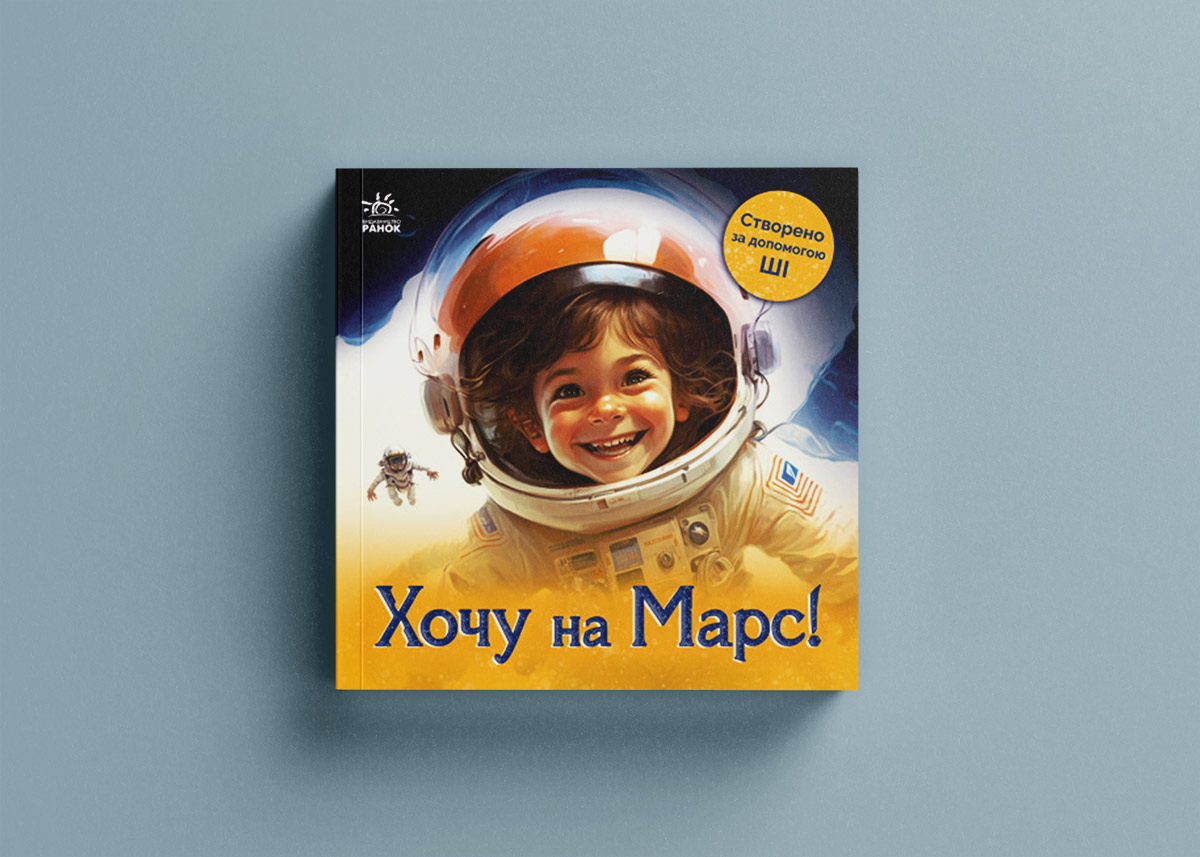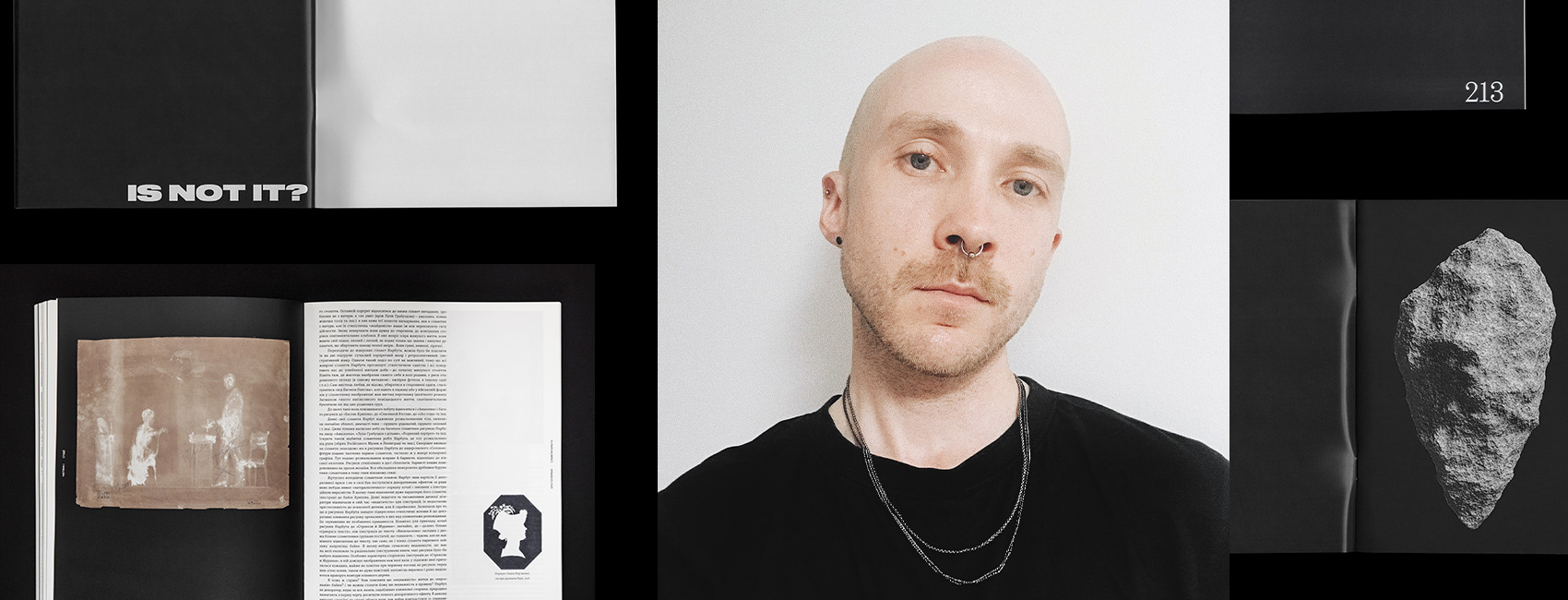* ESC - закрити вікно пошуку
AI
Ukraine’s book industry debates the rise of AI in publishing, balancing ‘innovation’ with ethical concerns
16.11.2023
The availability of artificial intelligence tools in Ukraine that generate images and texts has sparked ongoing online debates about their relevance and ethics within the book industry. Chytomo asked publishers and book designers about the growing popularity of AI generated images and the vigorous debates their use incites on social media.
Publisher perspectives
Ukraine’s first book to incorporate AI for both text and illustrations was “I Want to Go to Mars” by Ranok Publishing House. However, a representative from Ranok acknowledged the potential for significant optimization in their operations but expressed reservations about fully embracing AI tools, primarily due to copyright concerns.
“The main reason for us to be cautious with AI tools is the lack of clear and effective mechanism for copyright protection,” the publisher explained, noting the precarious position this places illustrators and designers in.
Tempora is another publishing house that has experimented with AI to design book covers. For instance, “Don’t Read” by Katya Orlovska, “Primeval and Other Times” (Polish: Prawiek i inne czasy) by Olga Tokarczuk, and several other texts.
Tempora’s statement on Facebook reflects a balance between embracing innovation and respecting creative roles:
“We are grateful to our readers and haters for their attention and try to maintain a constructive stance. This is why we truly respect all our editors and designers and always pay their attention that they must use licensed software only. And we are grateful they share our position and adhere to such requirements.
We are convinced that the use of artificial intelligence in no way threatens artists and talents, but is only a tool that will help create more interesting and original products,” the post read.
Recently, Borodatyi Tamaryn publishing house announced their first edition featuring an AI-generated cover illustration. Co-founder and sci-fi writer Maksym (Max) Kidruk sees AI as a developmental opportunity, advocating for its use in cover design, with an understanding of its limitations.
“Midjourney will not take away the work from author and illustrator Kateryna Kosheleva who created illustrations for ‘The Colony. The New Dark Ages’ because it will never ever even come close to the level of her work. AI will never take away the work from cartographer, GIS specialist, and urban planner Fedir Gontsa, who created three-dimensional maps for us because it is not ‘intelligence’ as we understand it. Midjourney does not comprehend what it is doing and can only improve within a limited algorithm,” he wrote.
He| stressed their are challenges: “Midjourney learns from the works of others, yet, we all do, and Midjourney’s level of images deconstruction is generally superior to that of human artists, so on a neural level we are no less ‘plagiarists’ than AI. There is also the problem of licensing, and there are many people who are much more informed and qualified than me, and they should join the discussion. I am ready to hear all the reasons and, if they prove to be convincing, to change my mind. The main thing I want to say is that the so-called AI does not take away work from artists, just as Google translate does not take it away from translators and ATMs do not take away work from cashiers,” Kidruk stated.
Eliash Strongowski, co-founder of Vydavnytstvo publishing house and Dobra Lystivka (Kind Postcard) charity fund, expresses a more critical view on AI’s application, emphasizing the ethical dilemmas posed by neural networks’ use of datasets potentially containing copyrighted material without consent.
“When filling datasets with information, mostly from the Internet, but it is not taken into account whether the analyzed images are protected by copyright. And this is the most ambiguous and morally complex issue,” he said.






RELATED: Chytomo’s 2023 book sales report reveals the top 12 bestselling books in Ukraine
What designers think
Romana Romanyshyn and Andriy Lesiv from Art Studio Agrafka are convinced that AI can be an interesting tool in the creation process, but argue that images produced entirely by a neural network “feel plastic.”
“Like many other artists, we are worried about databases of images which AI uses for its ‘training.’ We want these databases to contain public domain images or images of specific authors, but only with their consent. At the moment these ethical and legal boundaries are somewhat blurred. It is very important to label a particular image as the one generated by AI.” They add that they have yet to encounter any interesting conceptual use of AI in book design covers.
Oleksandra Korchevska-Tsekhosh, a graphic and digital designer, art director, and educator, sees neural networks as beneficial for exploring visual styles or finding references. However, she firmly opposes the adoption of entirely AI-generated images within book publishing, suggesting such a practice does not alight with the industry’s standards for originality and creativity.
“Indeed, if the book cover is AI generated and put into the layout directly, even after the retouching process, it may save time, but it takes away from the unique voice that the cover communicates to the reader, compelling them to choose that particular book. This unique appeal can only be achieved by a human illustrator with their own distinct vision and style,” she emphasizes.
According to designer Sasha Bychenko, AI-generated illustrations lack metaphors, details, deliberate carelessness and understanding of the context, as the neural network can only imitate them.
““Neural network training isn’t always equal to theft of intellectual property. Proprietary copyright is typically protected for 70 years after the author’s death. At the same time, there are huge amounts of information that are in the public domain, meaning it can be freely used by anyone.”
At the same time, Bychenko underlines that the use of neural networks should not be a way to save money on a designer or artist while working on a book.
“Professionals in creative fields face social insecurity, low wages, and often work without formal labor and copyright agreements. It’s not only a matter of social justice and ensuring authors receive their due royalties for adding value to the product. It also concerns the quality of the final product—imitations, especially those by machines, are rarely high quality—and the sustainable growth of the industry, which depends on fair working conditions for creative professionals,” he says.
Today, the choice to use tools like Midjourney, OpenAI DALL-E, and Google Imagen rests with the individual, given the lack of a clear tradition regarding AI within the book industry. As such, the deployment of neural networks triggers public debates, which are ultimately aimed at shaping and normalizing (or not) their use. This is undoubtedly a good indication of the Ukrainian book industry’s interest in global trends, and its desire to implement them in the most efficient way, even if the process occasionally unfolds through vigorous discussions or debates on social media platforms.
This article is part of “Chytomo spotlights:Ukrainian culture on and after frontline” project. The project is funded by the Stabilisation Fund for Culture and Education of the German Federal Foreign Office and the Goethe-Institut.
This publication is sponsored by the Chytomo’s Patreon community
що більше читаєш – то ширші можливості

3625
Chytomo Spotlights
Amidst drone and missile attacks, Kharkiv publisher launches ‘Book Strongroom,’ a bomb shelter-bookstore, to preserve Ukrainian cultural heritage
15.12.2023 - Oleksandr Mymruk, Olesia Boiko
3667
Chytomo Spotlights
Kyiv Book Weekend: ‘Ukrainian book has gone beyond the “bubble” of well-known faces’
13.12.2023 - Mariia Horbach

